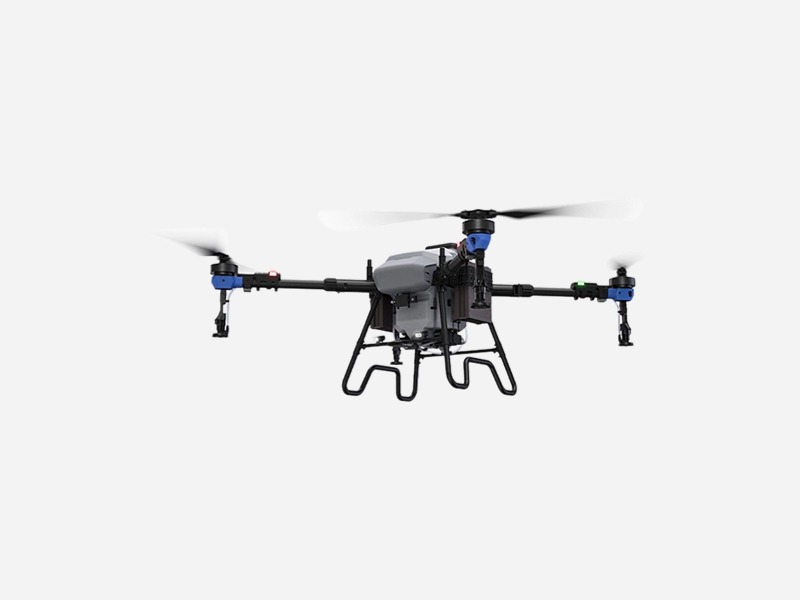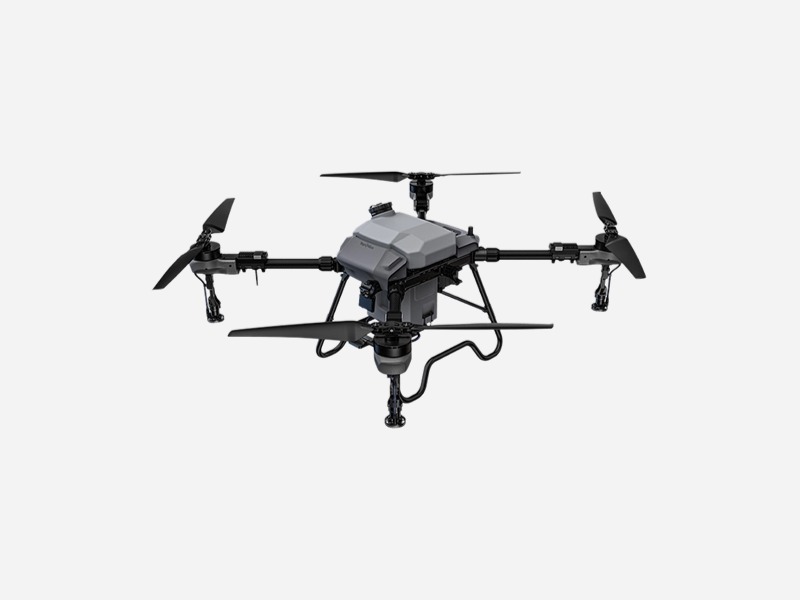The agricultural sector is undergoing a significant transformation, driven by technological advancements that promise to enhance productivity and sustainability. Among these innovations, agricultural drones stand out as game-changers in modern farming practices. By integrating aerial technology into agriculture, we can optimize crop management and resource allocation like never before.
Read Agricultural Drones
Agricultural drones are unmanned aerial vehicles (UAVs) specifically designed for various farming applications. These advanced tools enable farmers to monitor crop health, assess soil conditions, and manage irrigation systems efficiently. Equipped with high-resolution cameras and sensors, they provide real-time data that helps in making informed decisions about pest control and fertilization strategies. Furthermore, their ability to cover large areas quickly reduces labor costs while increasing accuracy in field assessments.
No Till Grain Drill for Sale: A Complementary Technology
As we search innovative solutions for sustainable agriculture, the no till grain drill emerges as an essential tool alongside agricultural drones. This equipment allows farmers to plant seeds without disturbing the soil structure significantly, promoting better moisture retention and reducing erosion risks. With several models available on the market today, investing in a no till grain drill can complement drone usage by enhancing planting efficiency while preserving soil health over time.
Find more about no till grain drill for sale.Introducing Agma-Toyar: Pioneering Precision Agriculture
Agma-Toyar represents a remarkable advancement in precision agriculture technologies that synergize well with both agricultural drones and no till drills. This platform offers comprehensive data analytics services tailored for farmers seeking to maximize yield potential through precise input application based on drone-collected data insights. By utilizing Agma-Toyar‘s capabilities alongside UAVs and efficient planting methods like no-till drilling, farmers can achieve unprecedented levels of operational efficiency while minimizing environmental impact.
Conclusion: The Path Forward with Agricultural Drones

The integration of agricultural drones into modern farming practices signifies a pivotal shift towards more efficient resource management and enhanced crop production capabilities. As I reflect on this transformative journey within agriculture—coupled with complementary technologies such as no till grain drills—the future appears promising indeed. Embracing these innovations not only supports economic viability but also fosters sustainable practices crucial for addressing global food security challenges.
